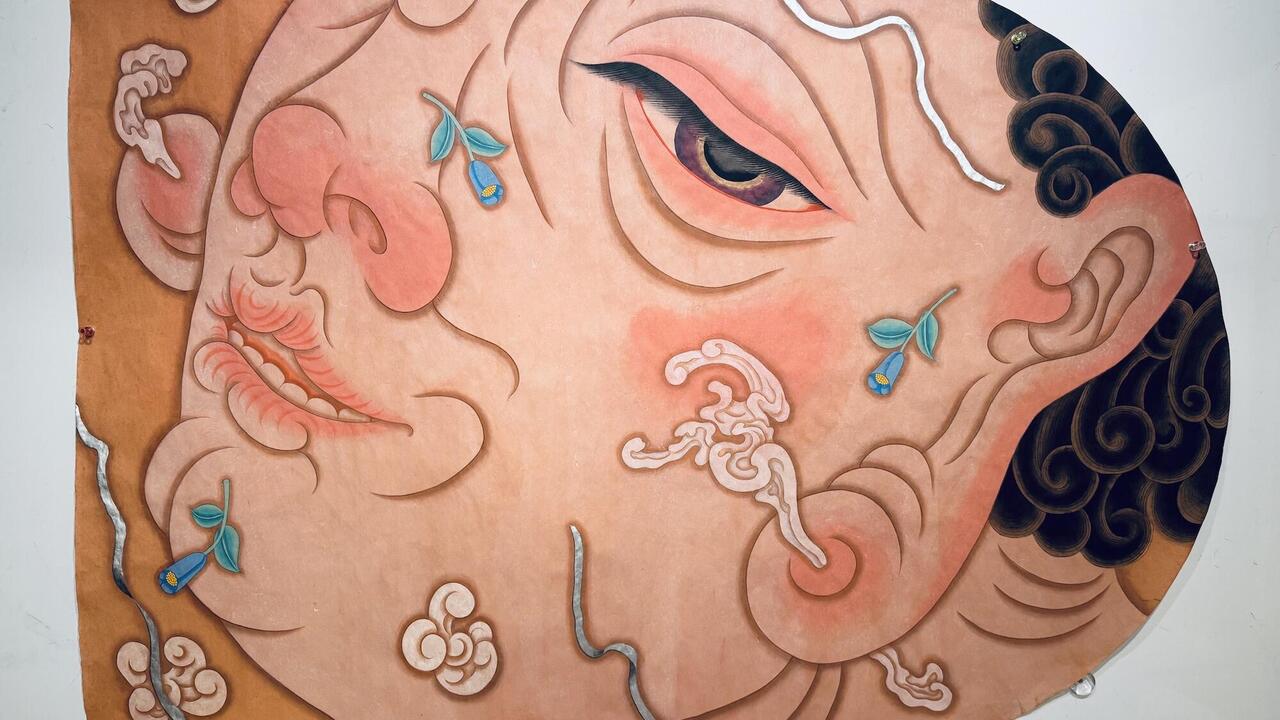Thea Djordjadze

At the end of World War One, the accomplished Norwegian humanitarian, diplomat, scientist and cross-country skier Fridtjof Nansen was engaged in the repatriation of prisoners of war from the Soviet Union, and organizing relief for famine-stricken Russians. Many people, at that point, were fleeing the Soviet Union to the West to escape not only food shortages but the post-revolutionary civil war. As punishment, Lenin deprived these asylum-seekers of their nationality, preventing them from being able to cross state borders. The International Red Cross proposed to the League of Nations that Nansen’s name be used on a specially created passport for these stateless thousands – the Nansen Passport – to which the League agreed, at the same time as appointing Nansen its first High Commissioner for Refugees. The Nansen Passport enabled legions of refugees to escape the Russian revolution and counter-revolution, including many artists, musicans and dancers; Marc Chagall, Igor Stravinksy, Sergey Rachmaninov, Anna Pavlova and Anna Volkova among them. In 1922, Nansen was awarded the Nobel Peace Prize.
This summer, Cologne-based artist Thea Djordjadze arrived in London to take part in an intensive month-long residency at Studio Voltaire – the fifth commission that the highly active artist-run space has organized following Chris Evans last year, Spartacus Chetwynd and Joanne Tatham & Tom O’Sullivan in 2005, and Liam Gillick in 2004. At the end of the residency Djordjadze exhibited Possibility, Nansen (2007) – an installation as subtle in its form, materiality and psychological undulations as a view across the snow-covered steppes of her native Georgia.
Entering Possibility, Nansen, the first thing a visitor would have noticed was the crunch underfoot of salt spread across the floor. Flecked and seasoned with violet glitter, like evidence of precious metals on a dredged riverbed, the dirty white minerals immediately sensitized you to the environment; every step a crackling, scrunching reminder of the viewer’s changing position within the room, denying any sneaking chance of trying to distance yourself psychologically from the piece. This sense of hyper-awareness of the room was further boosted by the fact that the salt also blanketed a small archipelago of squat sculptural objects that rose from the floor like island atolls across the length of the space; a crag of plaster and wood half-resembling a fossilized joint of meat, two hoops – one upright, one jutting horizontally – fused at their base by an almost fungal-looking caking of plaster.
Nansen’s invocation in the installation’s title pinned the sculptural forms to a particular early-20th century moment; suggesting macquettes for once glistening Modernist monuments, Naum Gabo-esque sculptures that could imaginably be found in a 1930s European avant-garde film, accompanied by excitable jazz rhythms or the sound of a string quartet playing an atonal twelve-tone composition. The almost imperceptible dusting of glitter also pushed these associations into more recent history; a faint spicing of glamour that made Possibility, Nansen look as if it could have been a 1960s-era Pop art show – part ‘This is Tomorrow’ (1956), part ‘The New Generation’ (the Whitechapel Art Gallery’s 1965 show of new British sculptors, including Anthony Caro and Philip King) – locked away and forgotten for decades, only to be rediscovered, swaddled in dust, fragile with rot and decay. Yet far stronger was the antediluvian quality lent Possibility, Nansen by the encrustations of salt, as if these were totems of prehistory or shamanistic talismans created from the materials the Earth provides, and now being reclaimed by nature – petrified, like the jungle flora and fauna that undergoes rapid transubstantiation into kaleidoscopic crystal in J.G. Ballard’s short story The Illuminated Man (1964).
As frozen and still as Possibility, Nansen looked, it was also, like water beneath the surface of an icy lake, a work about movement and process. It was the idea of transformation that perhaps helped triangulate Djordjadze’s residency and resultant work with Nansen; the movement of an artist from one country to another and the potentially new modes of creativity – specifically in the use and transformation of materials – that this translocation might open up. Uncharacteristically spare and minimal in comparison to much of Djordjadze’s work, Possibility, Nansen was an assertion of an artist’s right to roam across form and historical referent without nailing their colours to the flag of a particular strategy. In that sense, Djordjadze reminds us that every artist holds a Nansen passport.
















